- Stylish and modern design
- Ok
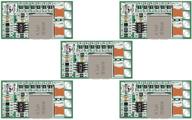
8
·
Poor

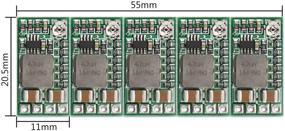

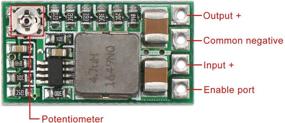
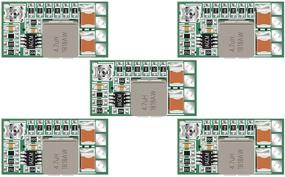
| Brand | DROK |
|---|---|
| Color | Green |
| Output Voltage | 5 Volts |
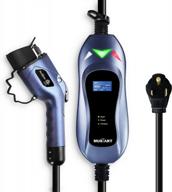
Portable Electric Vehicle Charger (40A, 240V, 25Ft Cable) - Level 2 EV Charging Station With NEMA 6-50P Plug-In For EVs By MUSTART

19 Review
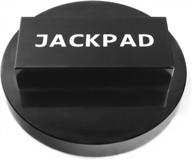
Jack Pad Adapter Anodized Black Replacement For B-M-W 135 335 535 E82 E88 E46 E90 E91 E92 E93 E38 E39 E60 E61 E63 E64 E65 E66 E70 E71 E89 X5 X6 X3 1M M3 M5 M6 F01 F02 F30 F10(1 Pcs)

21 Review
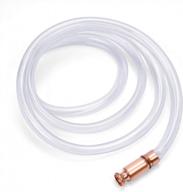
6FT HORUSDY Gas Siphon Pump With 1/2" Valve And Virgin Grade Tubing For Safe, Multi-Purpose Use (White)

22 Review
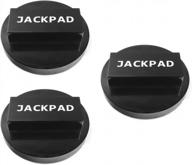
Jack Pad Adapter Anodized Black Replacement For B-MW 135 335 535 E82 E88 E46 E90 E91 E92 E93 E38 E39 E60 E61 E63 E64 E65 E66 E70 E71 E89 X5 X6 X3 1M M3 M5 M6 F01 F02 F30 F10,Mini (3 Pcs)

24 Review